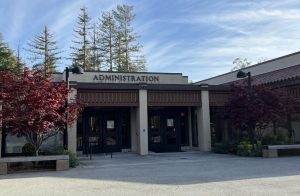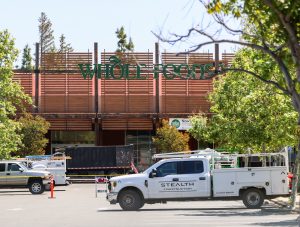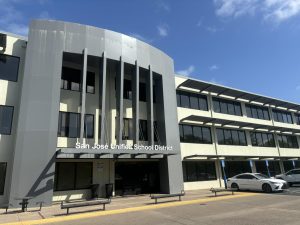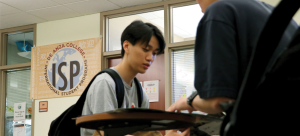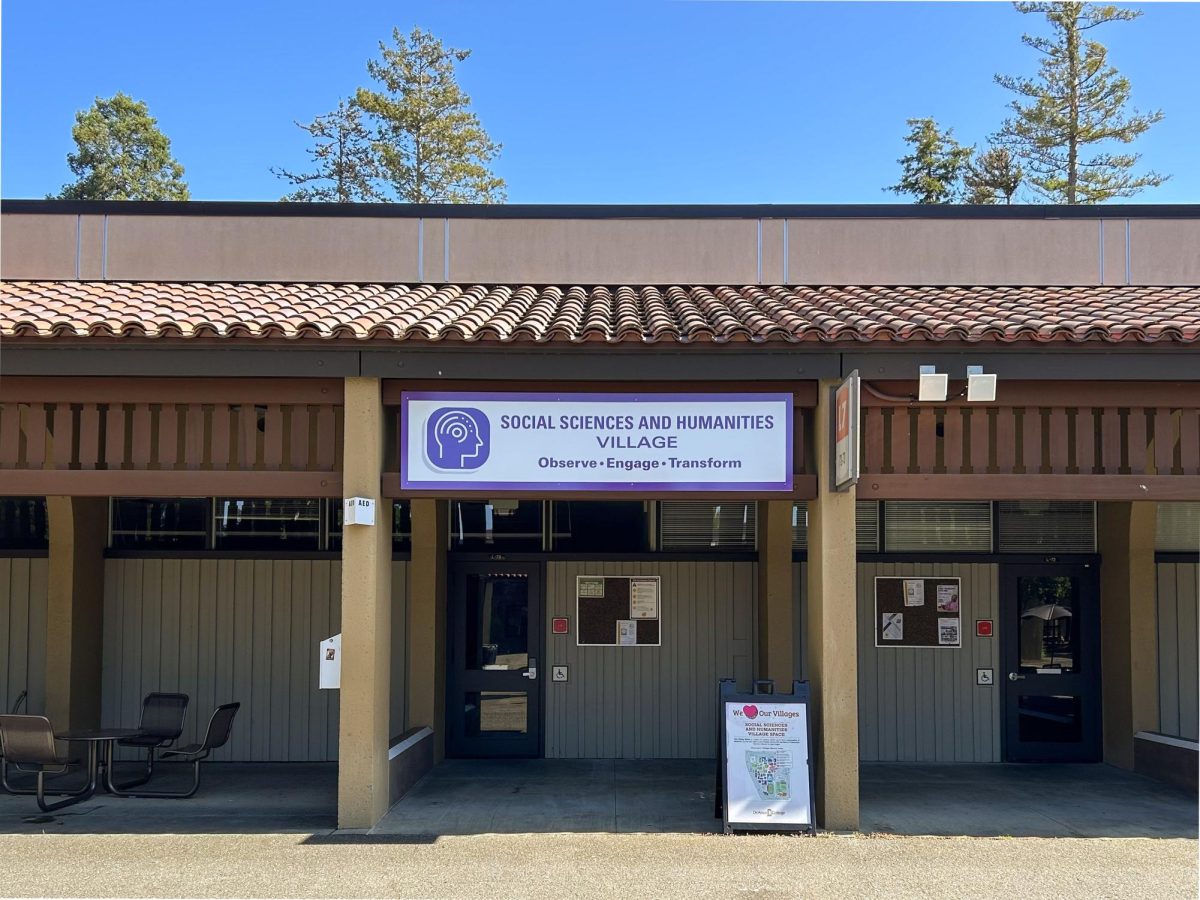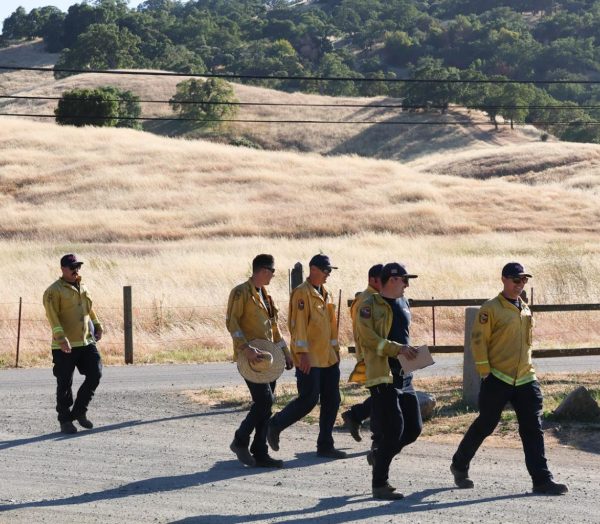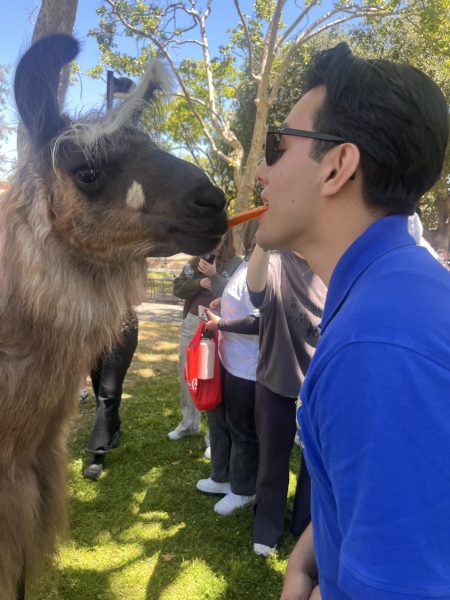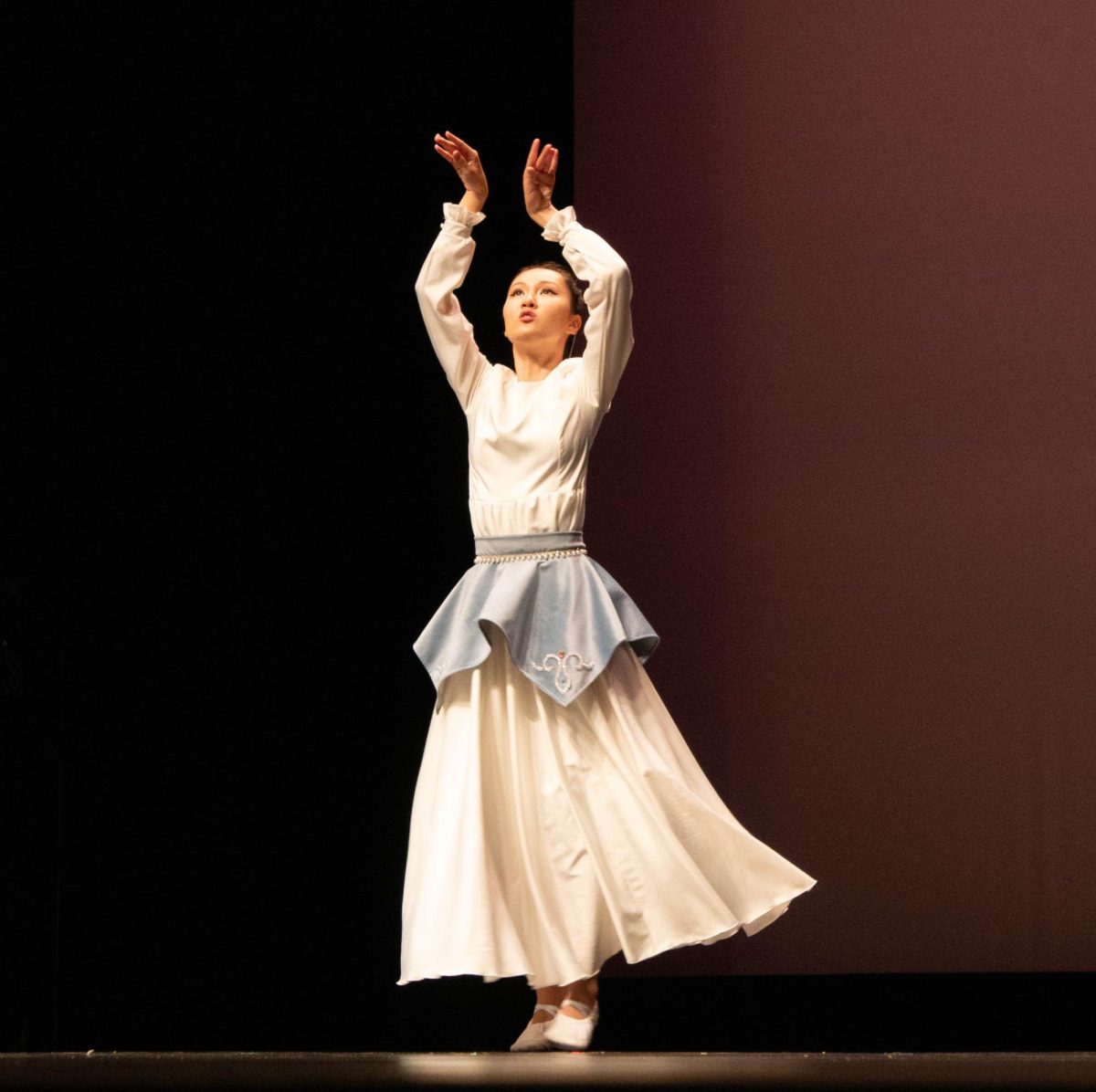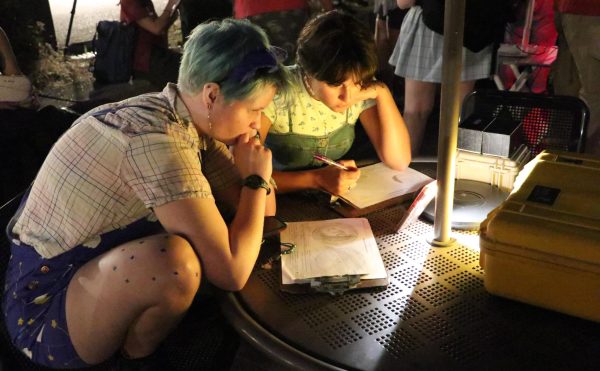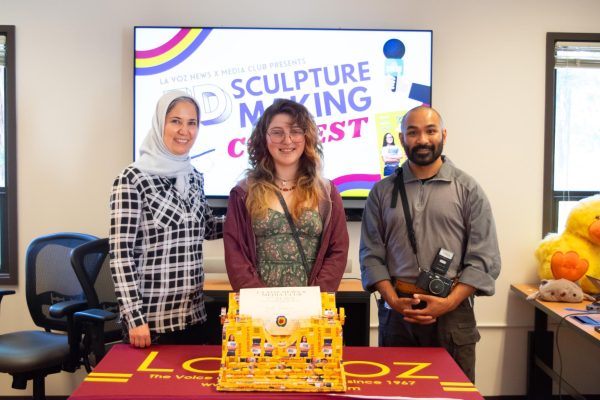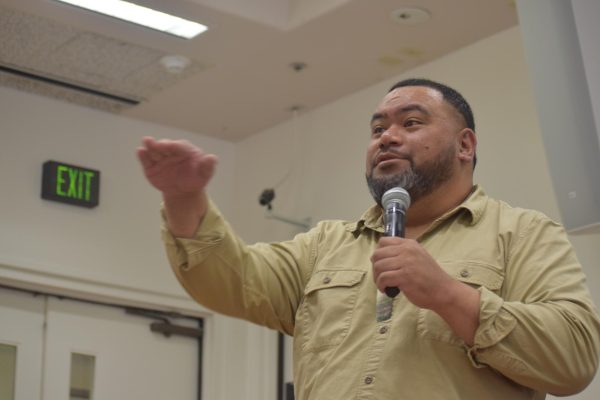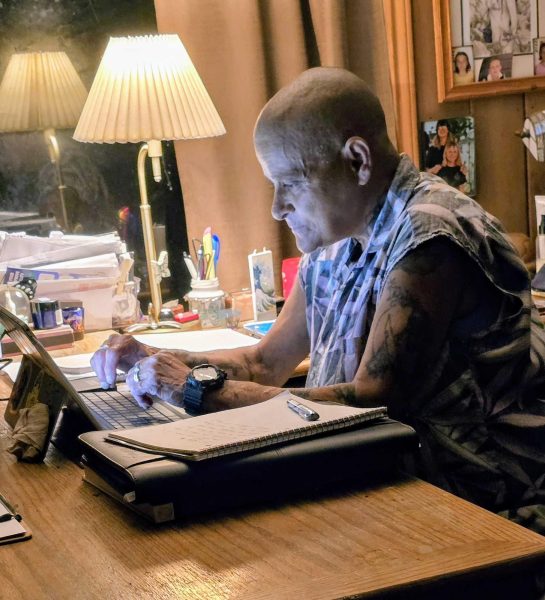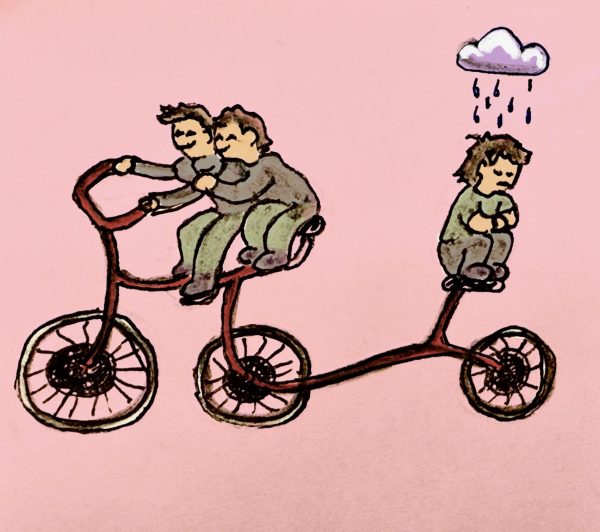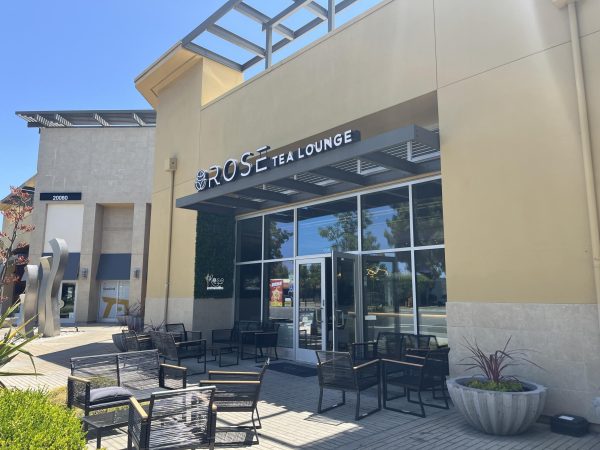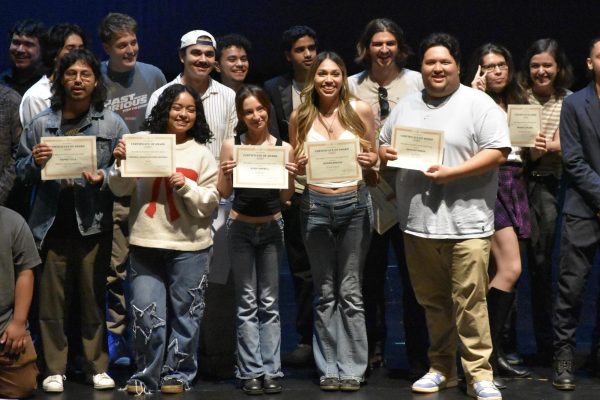Immigration event links climate change to mass movements
November 25, 2019
Catherine Tactaquin, executive director of the National Network for Immigrant and Refugee Rights, spoke on the connection between global immigration and climate change on Nov. 12, in collaboration with Vasconcellos Institute for Democracy in Action.
“These are two of the most significant issues of our era, not just for the United States, but certainly globally,” Tactaquin said.
In order to address the global crisis of immigration, Tactaquin described the issues that immigrants face when migrating to a new country, which included unsafe travel, the unknown state of the Deferred Action for Childhood Arrivals and cutting down refugee admissions.
Immigration policies the Trump administration proposed have also added to the problems that immigrants face, including building a border wall, increased Immigration and Customs Enforcement raids and stricter regulations on public charge.
“Human lives hang in the balance of our human immigration policies,” said Deborah Garfinkle, English professor, who attended along with some of her students.
These issues create uncertainty and concerns about their status among immigrant populations.
“It puts people in a very unstable position,” Tactaquin said.
Besides strict immigration policies, climate change is connected to the growing concerns among immigrants, because of the displacement that it creates. Many immigrants in other countries are being forced to move due to changes that climate change creates, including natural disasters and shifts in income due to reliance on the land.
For Tactaquin and the NIRR, climate change has had a direct impact on the displacement of the immigrants that they aid, by increasing the numbers of immigrants they see that have moved due to climate change.
Despite the impact of climate change on immigration, Tactaquin said she believes that people are hesitant to acknowledge the link between the two issues.
“There’s a big resistance to even recognizing the notion that people are displaced due to the climate,” she said.
In order to address both problems, Tactaquin encourages students to be educated about the link that connects the two.
“Addressing the question of migration, and as has been mentioned, climate change, provides us an important opportunity to build those bridges,” she said.
“There’s a big resistance to even recognizing the notion that people are displaced due to the climate,” she said. “Addressing the question of migration, and as has been mentioned, climate change, provides us an important opportunity to build those bridges.”
In order to address both problems, Tactaquin encourages students to be educated about the link that connects the two.




